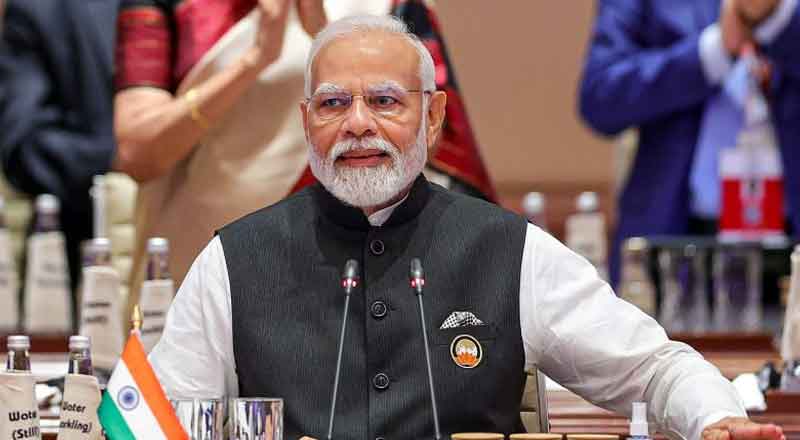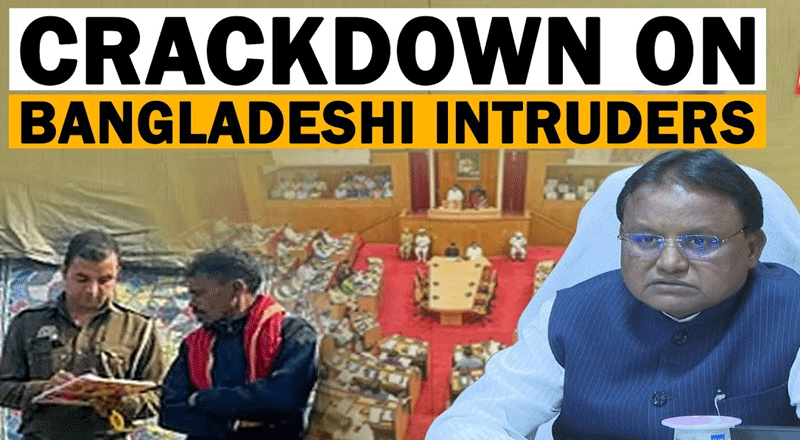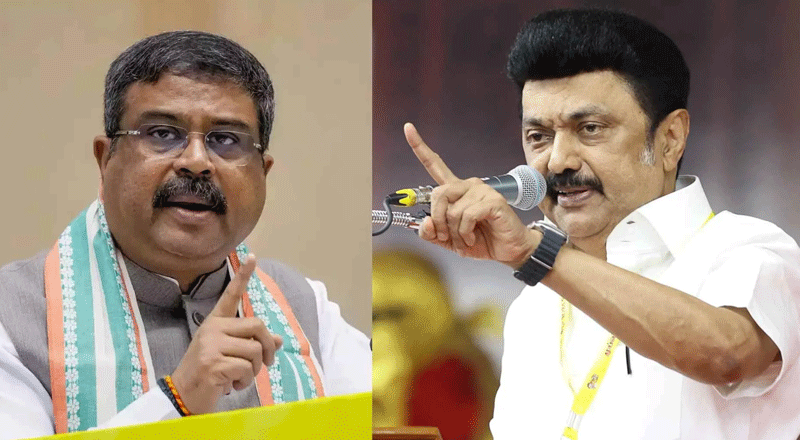- In a historic turn of events, Prime Minister Narendra Modi is poised for an unprecedented third term, marking a triumph for the world’s largest democracy.
- The BJP’s ambitious aspirations, set at 370 seats with a NDA target exceeding 400, faced a sobering reality check as the electoral map unfolded.
- In West Bengal, Mamata Banerjee’s Trinamool Congress reclaims lost ground, denting BJP’s hopes in the region.
- Maharashtra, embroiled in political upheaval, showcases discontent with the Shiv Sena-NCP alliance, as BJP and Congress vie for supremacy.
- Prime Minister Modi’s tweet acknowledging the electorate’s trust underscores the historic magnitude of this electoral mandate.
- The emergence of formidable regional leaders, like Mamata Banerjee and Chandrababu Naidu, underscores the decentralized nature of Indian democracy.
In a historic turn of events, Prime Minister Narendra Modi is poised for an unprecedented third term, marking a triumph for the world’s largest democracy. As the National Democratic Alliance (NDA) clinches a significant victory, Modi extends gratitude to the electorate, hailing the outcome as a testament to India’s democratic ethos.
The BJP’s ambitious aspirations, set at 370 seats with a NDA target exceeding 400, faced a sobering reality check as the electoral map unfolded. Uttar Pradesh, a crucial battleground with its 80 Lok Sabha seats, proved to be a decisive factor. Despite the BJP’s previous dominance, the state now tilts in favor of the resurgent INDIA bloc, led by the Samajwadi Party and Congress.
Simultaneously, in West Bengal, Mamata Banerjee’s Trinamool Congress reclaims lost ground, denting BJP’s hopes in the region. Maharashtra, embroiled in political upheaval, showcases discontent with the Shiv Sena-NCP alliance, as BJP and Congress vie for supremacy.
However, setbacks in these states are counterbalanced by gains elsewhere. Odisha, Karnataka, Andhra Pradesh, and Telangana contribute to the BJP’s electoral tally, underscoring the party’s national footprint.
Despite the fervent campaigning and intricate electoral strategies, predicting the pulse of the electorate remained elusive. Exit polls, often contentious in their accuracy, initially projected a landslide victory for the BJP-led NDA, a narrative contested by the Opposition.
Central to the BJP’s campaign narrative were promises of development, economic resurgence, and a visionary outlook towards India’s impending centennial of Independence. The culmination of significant policy measures, such as the revocation of Article 370 and the commencement of the Ayodhya Ram temple construction, bolstered the party’s appeal.
Equally noteworthy was the Opposition’s coordinated offensive, a departure from the fragmented approach witnessed in previous elections. While initial challenges persisted, particularly evident in intra-party battles like Congress versus Trinamool in Bengal, a unified stance on constitutional amendments and reservation policies resonated with voters.
Prime Minister Modi’s tweet acknowledging the electorate’s trust underscores the historic magnitude of this electoral mandate. With a promise to sustain the momentum of progress, Modi reaffirms his commitment to fulfilling the aspirations of the people.
As India navigates the complexities of governance and representation, Modi’s re-election epitomizes the endurance of democratic principles amidst evolving political landscapes. The saga of this electoral triumph underscores the indomitable spirit of the Indian electorate, shaping the nation’s trajectory with each ballot cast.
In the aftermath of this historic victory, political analysts delve into the underlying dynamics that propelled Modi and the BJP to a commanding lead. Factors such as charismatic leadership, effective communication strategies, and targeted welfare initiatives are dissected for their role in shaping voter sentiment.
Moreover, the resurgence of regional parties and the nuanced alliances forged in the electoral battlefield offer insights into the shifting dynamics of Indian politics. The emergence of formidable regional leaders, like Mamata Banerjee in West Bengal and Chandrababu Naidu in Andhra Pradesh, underscores the decentralized nature of Indian democracy.
Looking ahead, amidst celebrations and introspection, the nation braces for the next phase of governance under Modi’s leadership. With a renewed mandate, expectations run high for bold policy initiatives, economic reforms, and inclusive development agendas.
As the dust settles on this electoral spectacle, one thing remains certain: the enduring spirit of Indian democracy, encapsulated in the collective voice of its diverse populace, continues to shape the nation’s destiny. Narendra Modi’s triumph stands not only as a personal accolade but as a testament to the resilience and vibrancy of India’s democratic fabric.
(With inputs from agencies)





